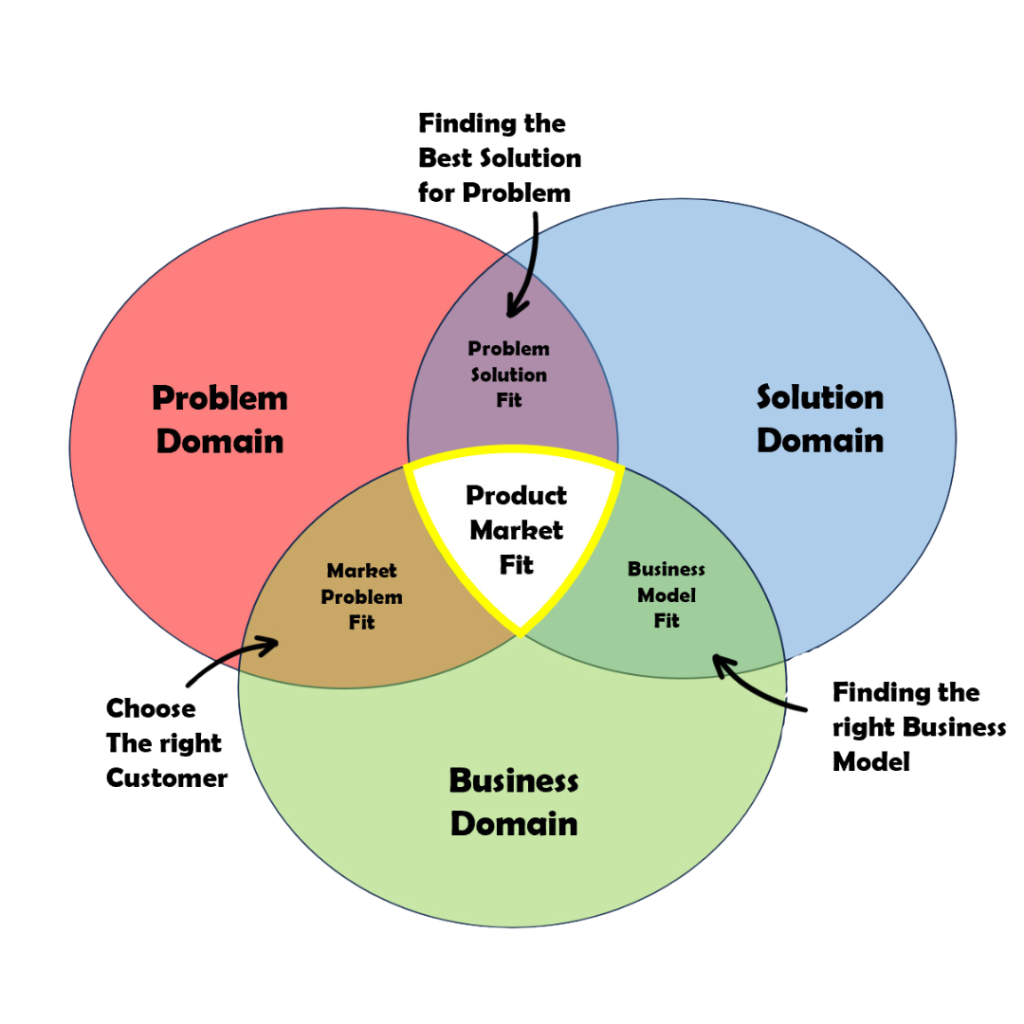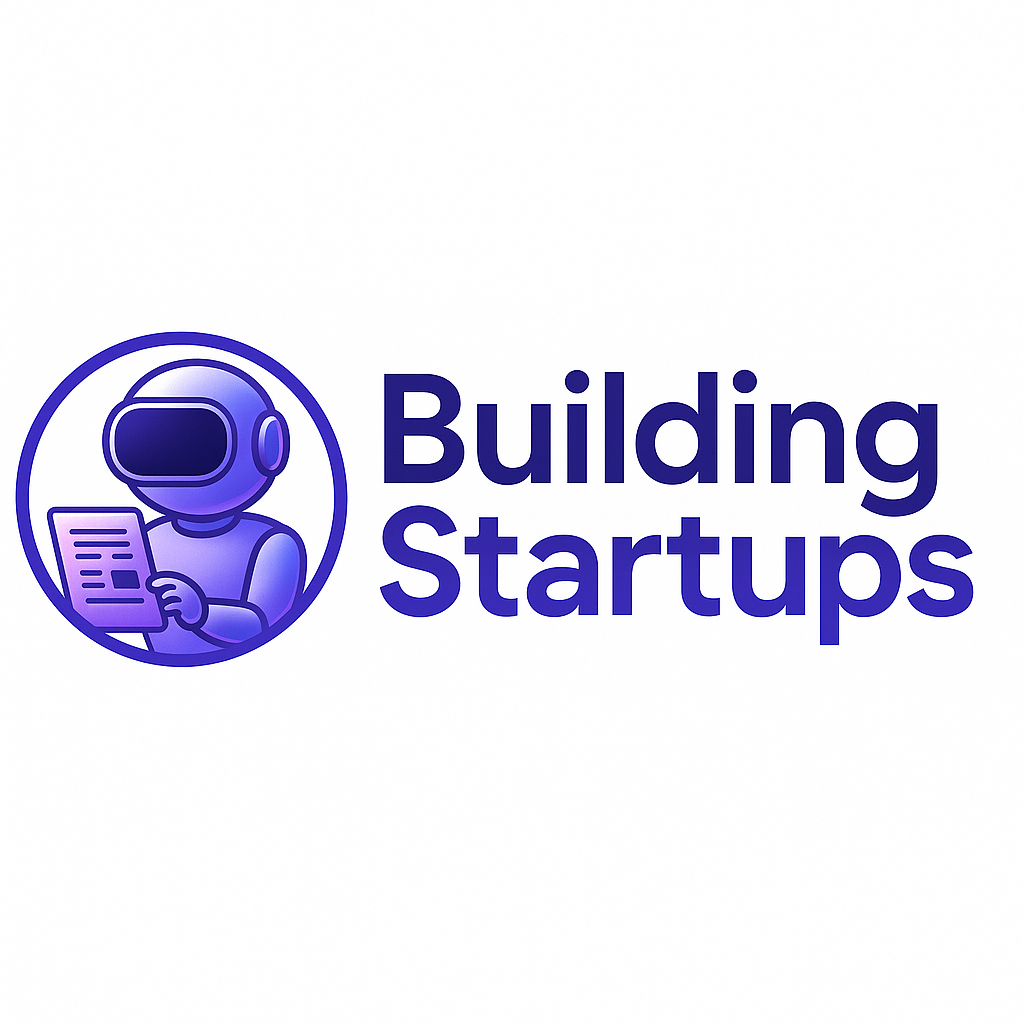Welcome
Howdy Early Stagers (I hope you like the name).
This week was somewhat slow with CES in Vegas and the rest of the world starting off 2024. This week’s edition is dedicated to the PMF. I’ve shared with you a framework we developed here to help you find your PMF faster.
There’s also a nice guide about gamification, and many cool things I found across the web.
I’d love to from you, maybe get some feedback on what’s working for you and what can I do better. You can shoot me ideas at avinoam@buildingstartups.net
Enjoy…
Never miss an update
Subscribe to our newsletter to get the latest updates on everything early-stage related.
What Happened This Week?
Here’s a quick recap of the important things that happened this week:
- Apple’s Vision Pro AR/VR headset will be available for order this Friday starting at $3,500, with delivery on the second of February.
- OpenAI launched its store for customer ChatGPT experiences, together with a teams product.
- The biggest news from the crypto space was the authorization for Bitcoin ETFs. To be honest I thought Bitcoin’s price would jump with the approval but it didn’t, indicating that the current price already reflected the approval.
- The UK are working to increase their unicorns count by focusing on increasing it’s tech sector. The UK is launching a scaleup policy to help local startups to scale. (source)
- VCs are expecting valuations to continue to drop in 2024, making startup’s life even harder (full story)
- 25% of CEOs predict job lose due to generative AI. This is according to PwC survey more companies will employ genAI capabilities to help optimize their operation. The survey showed that the media and entertainment, banking, insurance, and logistics lead the way . (Read full article)
Always Start With a Problem

About 70% or 80% of conversations I have with early stage founders begin with some version of the words “we’ve built this amazing product, and…” The rest of the sentence doesn’t matter because just these 6 words tell me everything I need to know.
I’m dealing with a solution that’s looking for a problem.
This is very common, especially with technical founders. To be honest, most of them do have amazing products, but they don’t really know why should someone choose their solution or even define who that someone is.
Start with a Problem
When I hear the above words I always stop them mid sentence and ask what problem are you solving? This is usually answered with another blurb of we’re helping so and so do such and such, which is a little better than what a product does, but still far from good enough.
And when I tell them to stop again, I simply ask why should someone pick your product?
This always get their head spinning. You can see the wheels starting to turn as they start running things in their head.
I love that look, it’s a great start…
The 3 Domains
This is when I pull the image you saw above this article and start explaining that every startup should go through three domains (in that order):
- The Problem Domain – This is where you clearly define the problem. Who is suffering from it (your ICP, may be more than one type), the size of the market, its segmentation, how the problem affects your ICP (cost), what are the symptoms, what are the real causes (did someone say 5 whys?) and so on.
- The Solution Domain – This is where we look at all the possible solutions for the problem, who’s delivering them, what are the pros and cons for each solution and which solution is best for which customer type.
- The Business Domain – This is where we better understand the segments of the market, the competition, the possible value proposition, the barriers to entry and the level of risks. This is where we build a business model around the product.
Why Use This Model?
The goal of every startup in its early stages is to find a Product-Market Fit. This means you are providing the right solution to the right person at the right value proposition. The only logical order to so is the above.
For some reason many startups jump over the first domain (problem) and start with the solution. This result in a long iterative process of testing and improving many half baked solutions to a misunderstood problem.
An Example:
When the war in Israel started I had a great idea. I thought we should build miniature drones to infiltrate the underground tunnels of Hamas to provide intelligence and maybe neutralize hostage situations.
Sounds like a good idea, with many other applications, but is that the best solution? I found after some conversations that it wasn’t. There are much better solutions that can provide similar functionality.
If I had gone through with the idea I could have wasted a lot of time, energy and funds, just to find that someone had done a better job and provided a better solution for the problem.
Conclusion
Many startups start with a solution. This leads them on a path to discover a problem. But who said that their solution is the best one for that problem?
When a startup goes through the above journey it has a strong foundation to justify its choices. The framework will help you avoid costly mistakes and lead you in the right direction, saving you time, frustration and money.
So, always start with a problem…
How Games Make Better Products
Every business application has a learning curve which new users must go through. The fate of your product lays on the ability of the user to pass through that learning curve and exit with an understanding of the value your product deliver, an ability to extract that value from the product and a willingness to use the product.
This is where gamification comes handy.
By integrating game elements into a non-game environment we can ease the user’s journey and maximize our chances for adoption.
What’s a game?
To understand gamification, we need to start by understanding what games are. Games are closed systems where human behavior is engineered. But despite the negative connotation of such definition, games are considered fun.
So, what’s going on here?
Games have been a part of our history for generations. We used games to pass knowledge, to improve skills and to build communities. Games have been a part of the fabric of our existence and a huge part of our history.
Game elements helped us add entertainment to otherwise boring and tedious tasks that were essential in our development. This was achieved by harnessing principals of human psychology to drive our behaviors
Games in the real world
So, what is gamification? Gamification is simply the use of game elements in a non-game environment. It’s the study of human motivation and the use of motivation principals to increase products’ engagement and adoption.
Companies are using gamification to help them get more information from users. To push users to finish more tasks and to encourage activities which would otherwise require huge incentive.
We have created a detailed intro to the world of gamification to help expose you to what’s possible with it. Click on the red button here to download our guide
Cool Things I found Online
Every week I try to curate interesting posts and websites I come across to help you expand your mind. Here are this week’s crop:
- Have you heard about Hannah Wilson?
She is an amazing artist that create beautiful visuals for daily concepts. Check out her Instagram here. - And what about PJ Milany?
Another great artist visualizing daily concepts brilliantly. Check his Instagram here. - Every startup loves metrics and data. But some metrics are hard to define. For example, how do you measure developer productivity. To help with this, here is what 17 top tech company measure for developer productivity
- One of the challenges for an new startup is choosing a cool name. Here are 8 naming strategies to help you find the best name for your startup.
- One of the problems of new startups is to find a business model that works. When talking about business models, most startups stop at the title (freemium, subscription, etc.) but have you ever tried to break it down to a formula? This is actually how it should work. Because only when you are able to articulate it that way, you’ll be able to really understand how your business work and define goals for your team. Luckily, somebody already all the heavy lifting and created some formulas you can start from. Here is the full article with all the formulas.
- Are you running a SaaS startup? This article is a must read. It talks about the different metrics for SaaS companies and explain how to make important decisions based on them
Never miss an update
Subscribe to our newsletter to get the latest updates on everything early-stage related.
